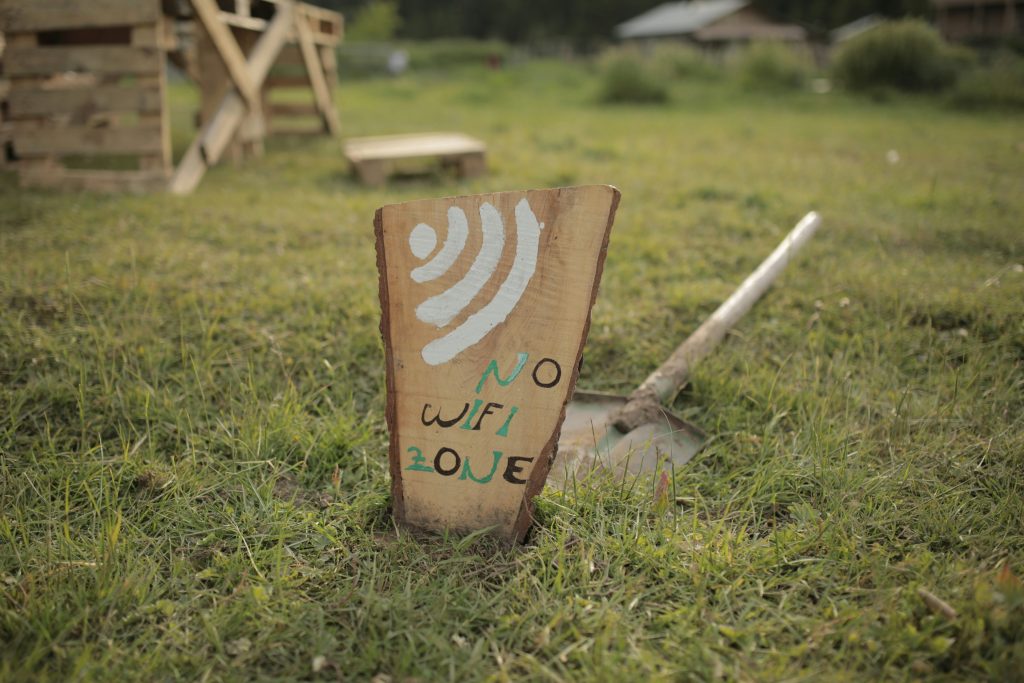What is 5G?
5G is the fifth-generation mobile network technology, designed to offer significantly faster speeds, lower latency, and greater network capacity than its predecessor, 4G LTE. It supports a wide range of devices, including smartphones, tablets, laptops, and IoT devices.
Key Features of 5G:
- Speeds up to 10 Gbps in ideal conditions
- Ultra-low latency (as low as 1 millisecond)
- High capacity for connecting multiple devices simultaneously
- Available through mobile carriers
5G is ideal for users who need internet access on the go, especially in areas where wired broadband may be unavailable or unreliable.








